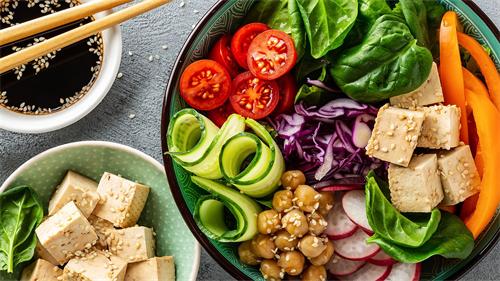How Mexico’s 2025 Black-Label Warnings Are Inspiring Lifestyle Change?

In 2025, Mexico’s adoption of stark black octagon front-of-pack warning labels has done more than inform—it’s sparked a lifestyle evolution. By translating complex nutritional data into simple warnings, these labels have heightened health awareness, driven consumers back into home kitchens, reshaped social dining rituals, and accelerated a market pivot toward cleaner, reformulated products. While initial studies suggest mixed impacts on sales and a risk of “label fatigue,” the wider cultural effect is clear: clearer labels are cultivating more mindful eating, fueling innovation in healthier alternatives, and repositioning wellness as a daily habit.
The Dawn of Mexico’s Black-Label Warnings
Mexico’s processed-food influx following NAFTA in the 1990s led to obesity rates soaring from 7% in the 1980s to over 75% of adults by 2018, making it one of the world’s most obese nations. Confronted with spiraling healthcare costs and diet-related illnesses, public health experts and civil society lobbied for clearer labels, ultimately inspiring the 2020 update to NOM-051-SCFI/SSA1-2010, which mandated prominent black-octagon seals on high-risk products.
The labels use stark black stop-sign shapes with white text to warn of “Excess Calories,” “Excess Sugars,” “Excess Sodium,” and “Excess Fats.” Child-focused rectangular legends caution against products containing caffeine or non-caloric sweeteners. Any product bearing these seals faces strict advertising limits—no cartoon characters, toys, or health-oriented endorsements—and must forgo health claims.
Lifestyle Transformations at Home
Faced with a pantry full of warnings, many households are rediscovering cooking from scratch—prioritizing fresh produce, whole grains, and unprocessed proteins. Meal-prep routines, once relegated to weekends, have become weekday rituals, as families plan menus to avoid high-risk ingredients. This shift not only supports healthier diets but also rekindles communal cooking traditions.
The market has responded with a surge of black-label-free alternatives: artisanal nut-milks, low-sodium salsas, and minimally sweetened snacks. Subscription meal kits now highlight dishes that conform to minimal-label standards, blending convenience with wellness. Specialty stores and corner markets advertise “Seal-Free Finds,” turning avoidance of octagons into a selling point.
Industry Response and Market Evolution
By 2025, 85% of packaged foods carried at least one warning seal, prompting major brands to reformulate recipes to reduce sugar, sodium, and trans fats—sometimes removing a label entirely to regain advertising freedoms. Small food startups specialize in ultra-clean ingredient lists, catering to an audience now primed to read every octagon.
Looking ahead to Phase 3 of Mexico’s labeling rollout (post-October 2025), which tightens nutrient thresholds and expands warning categories, R&D teams are already leveraging compliance software and revisiting supply chains to ensure readiness. This anticipatory innovation is accelerating healthier product pipelines.
Mexico’s black-octagon warnings have transcended mere packaging rules; they’ve become catalysts for a lifestyle renaissance. By demystifying nutrition and embedding health prompts into everyday choices, the policy has sparked home cooking revivals, redefined social eating norms, and driven industry innovation. As consumers—and their kitchens—adapt, the octagon may well evolve from a warning into a doorway, inviting all to explore healthier, more fulfilling ways of living.



